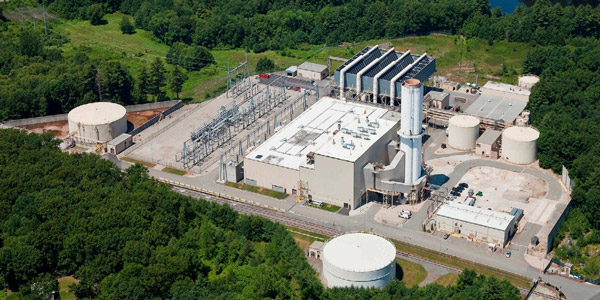By William Opalka
Dynegy says it will sell generation in PJM and ISO-NE if necessary to address FERC’s market power concerns over the company’s acquisition of ENGIE’s power generation unit.
The commission conditionally approved the sale Dec. 22 but said the company had to mitigate its market power in the two regions’ capacity markets (EC16-93).
The commission’s order found the $3.3 billion acquisition for 9 GW of generation assets will not have an adverse effect on competition in NYISO, MISO or CAISO, nor in the PJM or ISO-NE energy or ancillary services markets.
But FERC said it was concerned the transactions could harm capacity market competition in PJM’s Commonwealth Edison locational deliverability area and ISO-NE’s Southeast New England (SENE) capacity zone. FERC said that existing market power concerns in ISO-NE would be exacerbated by the acquisition absent mitigation.
The sale also includes the sale of the France-based ENGIE’s plants in ERCOT, which are not subject to FERC jurisdiction.
Dynegy and partner Energy Capital Partners proposed to buy 17 fossil fuel plants of ENGIE subsidiary GDF Suez North America (GSENA) and named the joint venture Atlas Power Finance. In June, Dynegy said it would pay $750 million to buy out ECP’s 35% stake. (See Dynegy Buying out Energy Capital’s Stake in ENGIE Deal.)
FERC found that the acquisition would increase the Herfindahl-Hirschman Index for the “highly concentrated” ComEd LDA — currently 2,021 points — by 49 points.
Although Atlas Power would not currently be a pivotal supplier in ComEd, the planned retirements of the Will County Generating Station (May 2020) and Exelon’s Quad Cities nuclear plant (June 2018) would reduce capacity available to bid in the 2020/21 Base Residual Auction by 2,223 MW in the LDA.
“Factoring in the 2,223 MW of planned retirements leaves an insufficient supply of unforced capacity available to meet the ComEd LDA minimum annual resource requirement, which means that Atlas Power’s capacity is needed,” FERC said. “With all other factors held constant, we calculate that Atlas Power will be pivotal in the ComEd LDA for the 2020/2021 Base Residual Auction.”
Illinois Lawmakers Clear Nuke Subsidy.)
FERC in its merger order invited Dynegy to describe how the Elwood transaction would impact the mitigation analysis. The commission only said the Illinois legislation “may affect” Quad Cities’ status.
If the commission still requires mitigation, Dynegy proposed divesting generation units equal to or above the 327 MW it is acquiring in ComEd and using cost-based capacity market offer caps until generation is divested.
New England
In SENE, FERC said GSENA was pivotal before the transaction with approximately 1,273 MW of qualified capacity. After the acquisition, Dynegy’s assets in the SENE capacity zone will grow to 1,497 MW.
“Applicants argue that because GSENA is pivotal prior to the proposed transactions and Atlas Power will remain pivotal after the proposed transactions, the proposed transactions will have no adverse effect on competition. We disagree,” the commission wrote. “Being pivotal implies that a seller has the ability to unilaterally increase the market price, and the seller’s incentive to do so increases as it becomes more pivotal.”
FERC said mitigation was necessary through either a plant sale or a commitment to keep certain plants operating.

Dynegy responded that it will divest generation equal to or above the 224 MW it is acquiring in SENE and would limit capacity bids in interim capacity auctions to no greater than the FCA clearing price until any divestiture. It also promised not to retire any units until the sales are completed.
The company asked for expedited approval by Jan. 30.
Public Citizen had protested the transaction because of two FERC investigations into allegations of Dynegy misconduct in a PJM 2015 capacity auction and a separate audit. (See Dynegy: No Evidence of Misconduct in Auction.) FERC said those issues were beyond the scope of its review of the acquisition’s effect on the public interest.



